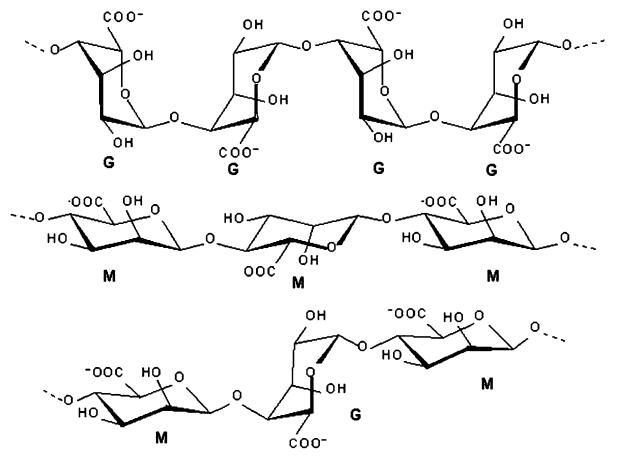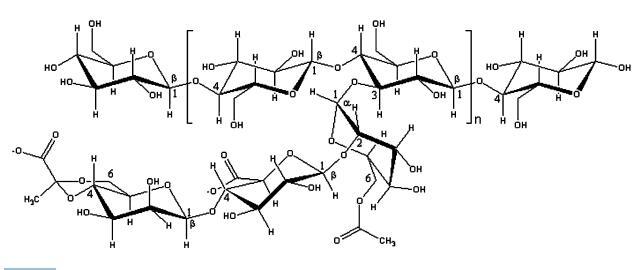Konjac - Application in Meat Products
Konjac is the generic name for the flour formed from grinding the root of the Amorphophallus konjac (elephant yam) plant (FMC Biopolymer, 1994). It is a food ingredient containing a high-molecular weight polysaccharide classified as a glucomannan. The molecular structure is comprised of mannose and glucose chains in a molar ratio of 1.6 to 1, respectively, with -(1,4) glucosidic linkages. The glucomannan molecule, the functional component of konjac flour, has short side branches and acetyl groups randomly present at the C-6 position of a sugar unit (Tye, 1990) . This natural ingredient has been used in Asia for centuries in traditional foods such as noodles and other food products requiring stability in boiling water. Its rate of hydration is controlled by the particle size distribution whereas the degree of gelling is controlled by the presence of the acetyl groups. Deacetylation of the molecule using a weak base allows the formation of thermostable gels that can withstand retort temperatures.
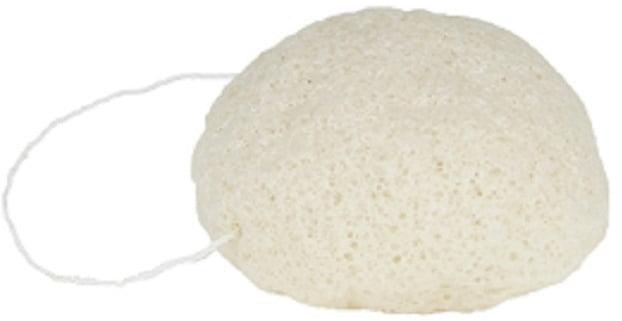
Konjac is cold soluble in water and will not form a gel even when heated. Introducing a mild alkali to the konjac solution cleaves the acetyl side groups, which then allows for aggregation of the chains and the formation of a strong, elastic, heat-stable gel. To form a heat-stable gel with konjac requires a minimum concentration of 1.5–2% konjac flour and a minimum system pH of 9.0.
Although heat stability of this caliber is sought for many meat applications, adjustment of pH to this level within a meat system will destroy meat protein functionality. Alternatively, creating the gel outside the meat system and then adding it back does not promote heat stability to the same level as a continuous gel. However, there are other applications where konjac can contribute useful functional properties.
When attempting to process low-fat meat products, replacing fat with water retains the moistness of the product but does not replace the lubricity or mouth coating that fat supplies. When mixed with water, konjac creates a mucilaginous sensation and is then able to work as a fat mimetic. It is for this mucilaginous effect that konjac is added, at levels not exceeding 0.25% of the formula weight. There are very few studies where konjac has been used in a meat product by itself. In low-fat bologna model systems, a 1% konjac/modified corn starch blend at moisture:protein (M:P) ratios of 5.5 and 6.0 was similar in texture to a 30% fat control. At the 0.5% konjac blend level, only the samples with added carrageenan at the M:P ratio of 6.0 had textures similar to the control (Chin, Keeton, Longnecker, & Lamkey, 1998) . In general, konjac by itself will tend to decrease the firmness of meat products at high concentrations. However, the addition of other substances, such as starch or carrageenan, can counteract the effects of konjac. Yang, Keeton, Beilken, and Trout (2001) found that firmness was highly significant and directly proportional to the acceptance of lowfat meat products.
As indicated earlier, taking advantage of konjac gels will require forming the gel separately from the meat mixture. Once the gel is formed, it can be chopped, ground, or cut into the sizes needed for the desired effect. Although this gel is heatstable at retort temperatures, it will not extend that property throughout the meat product. However, using it as a replacement for fat can help maintain the appearance of products where visible fat is traditional, such as salami, mortadella, pepperoni, etc. Gels made in this way will not bind to the protein matrix and processors may find it advantageous to add a protein source, such as soy protein isolate, to the gel blend to improve adhesion.
Regulatory Status
In the United States, the Food and Drug Administration (FDA) considers konjac flour a GRAS ingredient. It is permitted in meat and poultry products in which starchy vegetables flours are permitted, not to exceed 3.5% of the product formula individually or collectively with other binders. The European Commission lists konjac with the group of approved emulsifiers, thickeners, stabilizers, and gelling agents and has been assigned the reference number E 425 (European Parliament and Council, 2006).
You may like
See also
Lastest Price from Konjac glucomannan manufacturers
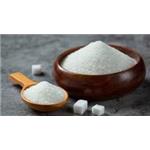
US $1200.00-1100.00/ton2025-11-06
- CAS:
- 37220-17-0
- Min. Order:
- 1ton
- Purity:
- 99%
- Supply Ability:
- 1000T/M
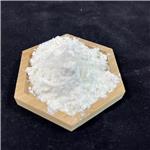
US $10.00/KG2025-04-21
- CAS:
- 37220-17-0
- Min. Order:
- 1KG
- Purity:
- 99%
- Supply Ability:
- 10 mt

